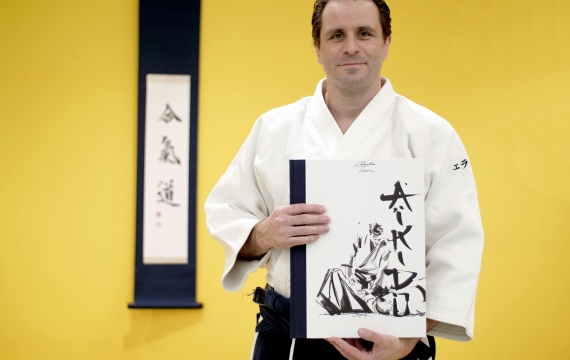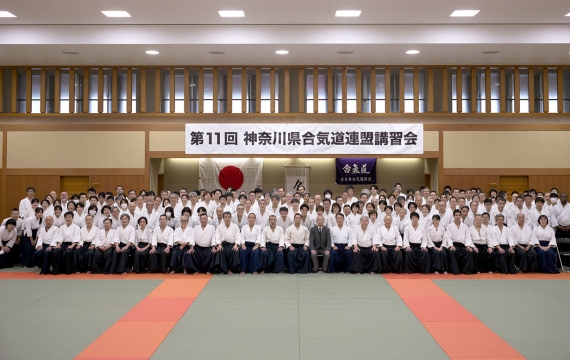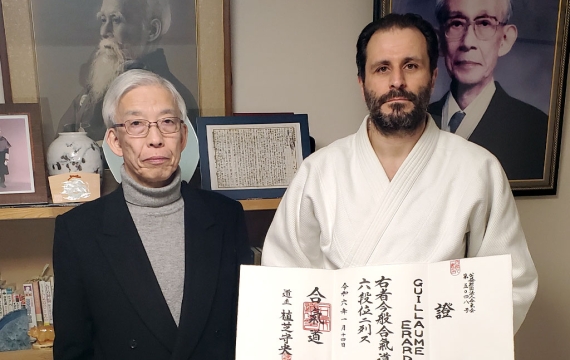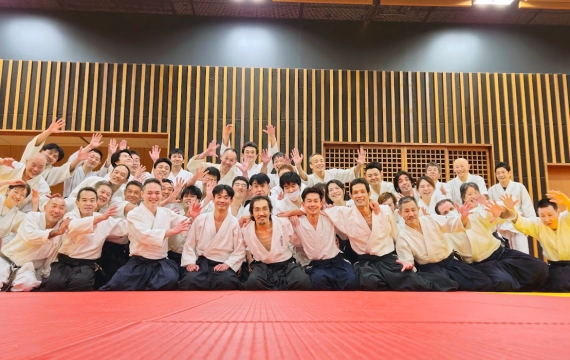NEWS

Guillaume Erard Contributes to Christian Tissier Shihan’s New Book
Christian Tissier Shihan is arguably the most seni...
さらに読む
11th Kanagawa Prefecture Aikido Federation Seminar
The eleventh edition of the yearly Kanagawa P...
さらに読む
Guillaume Erard Sensei Promoted to 6th Dan During the Kagamibiraki 2024
This year’s Kagamibiraki ceremony took place at th...
さらに読む
A Succesful Aikido Kanagawa Federation Joint Training Session
Even though we were nearing the end of the year, m...
さらに読む



